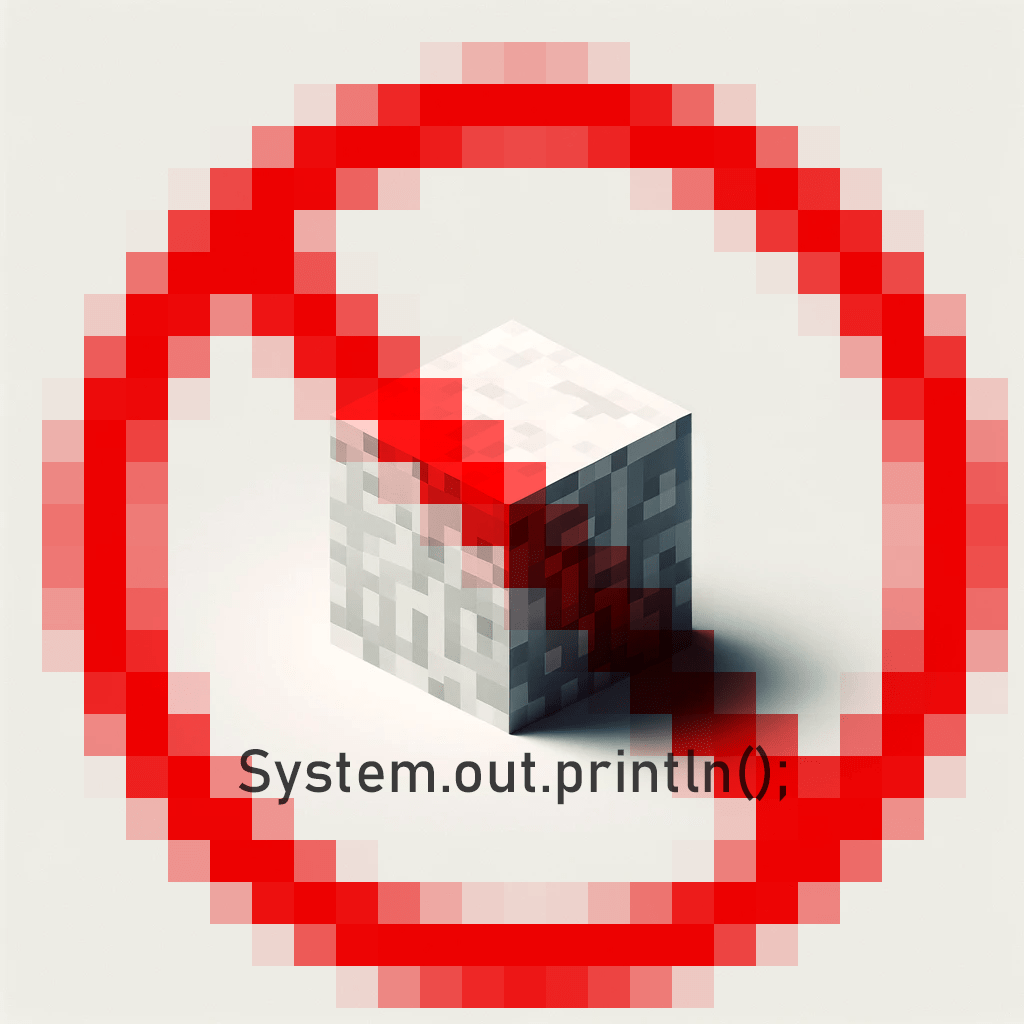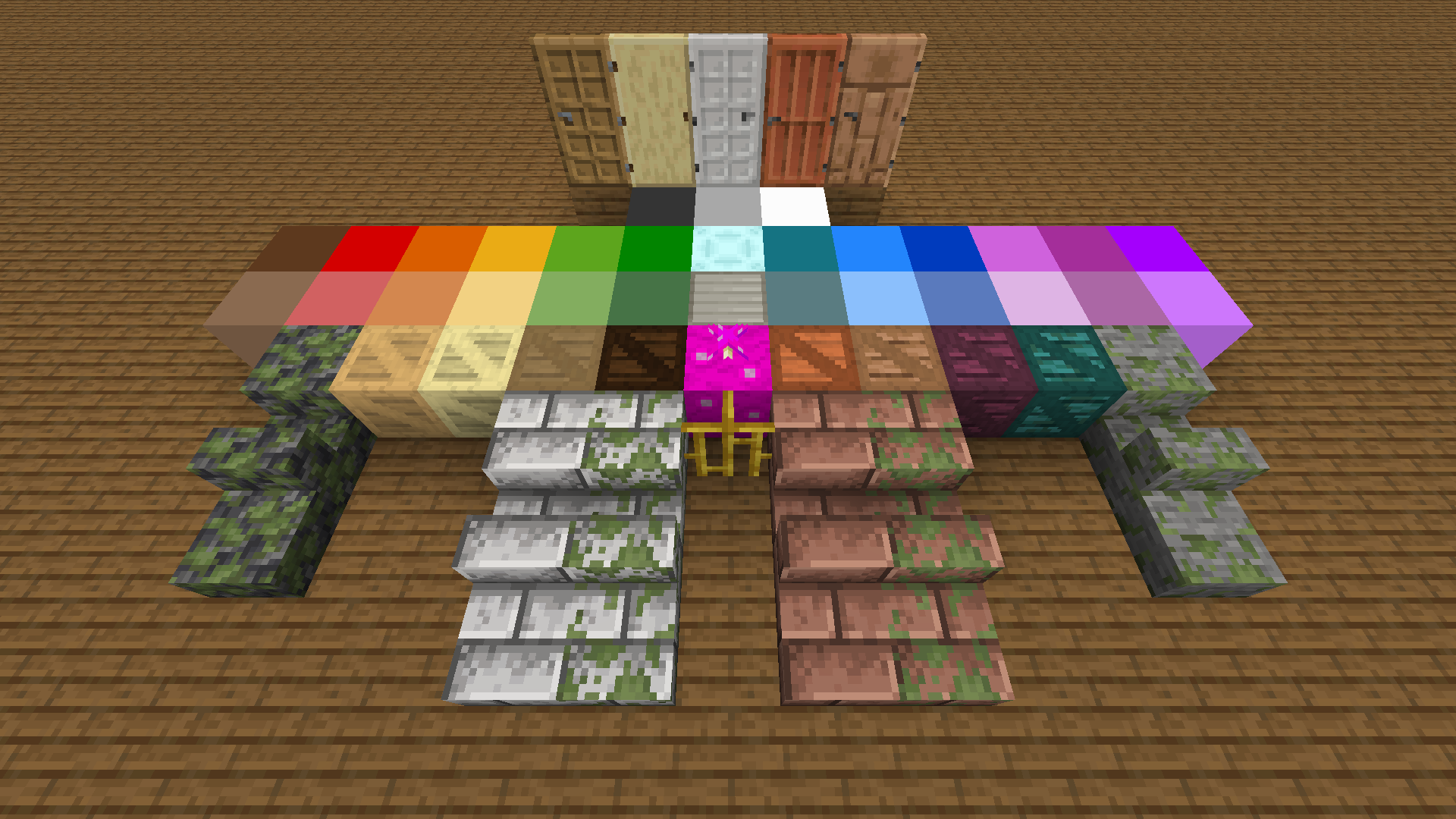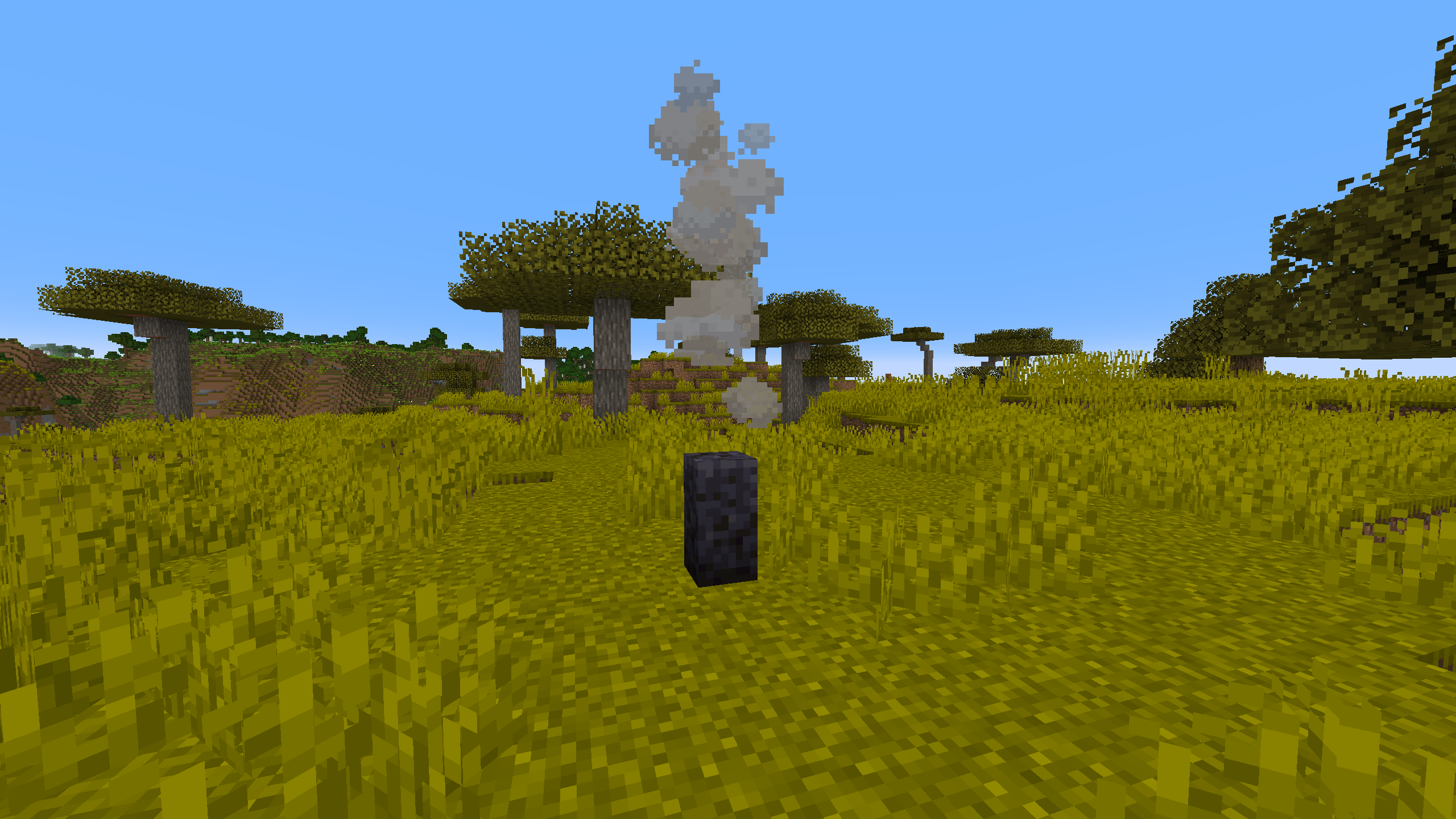Unlocking Creativity With The `setblock` Command In Your World
Ever wondered how those amazing custom maps or intricate contraptions come to life in your favorite block game? A lot of that cool stuff happens thanks to a very handy tool called `setblock`. It's a fundamental command that lets you place or change blocks anywhere you want, giving you immense creative control. This little command is pretty much a digital hammer and chisel for shaping your virtual landscapes.
You might think building elaborate structures takes ages, placing each block one by one. Well, that's not always the case, you know? With `setblock`, you can instantly transform areas, fix mistakes, or even build complex systems that react to things happening in your game. It’s a bit like having a magic wand that places just the right block exactly where you need it.
Learning how to use `setblock` can open up so many new possibilities for your building projects and game design. It’s a truly powerful feature, and it's something many players find incredibly useful for making their worlds unique. We'll go through all the bits and pieces of this command, so you can start using it like a pro, too.
Table of Contents
- What is the `setblock` Command?
- Understanding the `setblock` Command's Pieces
- Real-World Examples of `setblock` in Action
- Important Tips and Tricks for `setblock` Users
- Frequently Asked Questions About `setblock`
- The Future of Building with `setblock`
What is the `setblock` Command?
Basic Idea of `setblock`
The `setblock` command, in its simplest form, lets you place a single block at a specific spot in your world. You tell it where to go and what kind of block to put there. It’s pretty straightforward, actually. This command has a clear structure, which makes it quite predictable once you get the hang of it.
You typically start with `/setblock`, then add the coordinates, the block's name, and then some optional details. It’s a bit like giving very precise instructions to an invisible builder. This command is a core part of many advanced creations, so understanding its basic idea is a good start.
Why `setblock` is So Useful
So, why bother with `setblock` when you can just place blocks by hand? Well, for one, it's incredibly fast for changing large areas or placing blocks in hard-to-reach spots. You can also use it with command blocks to automate building tasks or create dynamic environments. It's really quite handy for making things happen instantly.
Think about it: if you want to swap out every stone block in a certain area for dirt, `setblock` isn't the best for that exact job (you'd probably use `fill` for that), but it's perfect for placing a single, very specific block with unique properties. It also helps you manage blocks that behave differently, like beds or command blocks, which is pretty neat. This command is, in a way, a cornerstone for more complex game mechanics.
Understanding the `setblock` Command's Pieces
The `setblock` command looks a little complex at first, but it breaks down into several parts, each with its own job. Here's the general structure: `/setblock x y z block data method [datatag]`. Each part tells the game something important about what you want to do. It’s a bit like filling out a form, you know, where each box has a purpose.
Coordinates: Where Things Go
The `x y z` part of the command tells the game exactly where to place the block. These are your coordinates in the game world. You can use exact numbers, like `0 64 0`, or you can use relative coordinates, which are very useful. Relative coordinates use a tilde symbol (`~`). For example, `~ ~ ~` means "right where I'm standing."
You can also add numbers to the tilde, like `~ ~5 ~` to place a block five blocks above you. This makes it super flexible for building on the fly. It's a pretty intuitive system, once you get used to it, and it saves a lot of time. You can also use `~#` in some versions or contexts for specific relative placements, which is a bit different but still about position.
The Block Itself: What You're Placing
After the coordinates, you put the `block` name. This is simply what you want to place, like `minecraft:stone` or `minecraft:command_block`. It's really important to get the block name right, of course, or the command won't work. The game needs to know precisely what you're trying to put down.
Sometimes, older versions used numerical IDs, but now it's mostly text names, which are much easier to remember. Even `id:0` is now included, which typically means an air block. So, you just type the name of the block, and the game does the rest, provided it's a valid one.
Data Values: Adding Details to Blocks
The `data` part, sometimes called `datavalue`, adds extra details to the block. This is where things get a bit more interesting, you know? Many blocks can face different ways, have different colors, or hold different amounts of liquid. The data value tells the game these specific properties.
For example, a bed might have a data value of `0` for one part and `8` for another, to make it face a certain way. It's a small number that makes a big difference in how the block appears or behaves. This part is pretty important for getting blocks to look just right, or to function properly.
Handling Old Blocks: The Method Argument
Next up is the `method` argument, sometimes called `oldblockhandling`. This tells the game what to do if there's already a block at the coordinates you picked. Do you want to replace it? Keep it? Destroy it? There are a few options here, actually.
Common methods include `replace` (the default, just puts the new block there), `destroy` (breaks the old block and drops its items), and `keep` (only places the new block if the spot is empty). Choosing the right method is quite important for preventing accidental destruction or ensuring your command works as intended. It gives you a lot of control over how the new block interacts with its surroundings.
Data Tags: Advanced Block Customization
Finally, you have the optional `[datatag]` at the very end. This is where you can get super specific with your blocks, especially for things like command blocks, chests, or beacons. Data tags use curly braces `{}` and let you set things like a command block's output settings or a chest's inventory. It's a rather advanced feature, but it's incredibly powerful.
For example, you can set a command block to `trackoutput:1b` to show its output, or `trackoutput:0b` to hide it. These tags are like giving a block a little instruction manual for itself. They allow for a lot of custom behavior and are pretty much essential for making truly dynamic creations. You'll find these are very useful for unique block behaviors.
Real-World Examples of `setblock` in Action
Seeing `setblock` in action really helps it make sense. Let's look at some common and useful ways people use this command. These examples come straight from practical use, showing how versatile `setblock` can be. They are, in a way, blueprints for your own creations.
Building a Bed with `setblock`
Placing a bed might seem simple, but it actually involves two blocks: the foot part and the head part. You use `setblock` for both. To get the bed to face north, for instance, you'd place the foot part first, then the head part. This is where those data values become really important, you know.
For example, you might use: `/setblock 0 64 0 bed 0` for the foot part. Then, to place the head part, you would add `8` to the data value you used for the foot part, and place it next to the foot part. This ensures the bed appears as a complete, usable item. It's a pretty neat trick for getting multi-block items to appear correctly.
Setting Up a Command Block
Command blocks are super useful for automating things, and you place them with `setblock`. You can even set their properties right when you place them using data tags. This saves you from having to click on them and type things in later. It’s a bit like pre-programming them.
For example, to place a command block that shows its output, you could type: `/setblock ~ ~ ~ minecraft:command_block 0 {trackoutput:1b}`. If you don't want it to show output, you'd use `{trackoutput:0b}` instead. This makes setting up complex systems much faster and more efficient, which is really handy for map makers.
Creating a Beacon
Beacons are another item that can be placed with `setblock`, and they can also use data tags for more specific settings. This is a good example of how you can configure a block immediately upon placing it. It’s quite useful for setting up decorative or functional elements quickly.
To place a beacon with specific effects, you might use a command like: `/setblock ~ ~ ~ minecraft:beacon 0 replace {primary:2,secondary:3}`. This sets the beacon's primary and secondary effects right away. It shows how data tags can control a block's actual function, not just its appearance, which is pretty cool.
Clearing Blocks with Air
Sometimes you don't want to place a block, but rather remove one. You can use `setblock` to do this by placing an `air` block. This effectively deletes whatever was there before. It’s a very simple yet powerful way to clear space or fix misplaced blocks. It's, in a way, your digital eraser.
For instance, to remove a stone brick block at your current location, you could use: `/setblock ~ ~ ~ minecraft:air`. This will replace the stone brick with nothing, making it disappear. It's a quick and easy way to modify your environment without having to manually break blocks, and it's something people use all the time.
Important Tips and Tricks for `setblock` Users
Using `setblock` effectively means knowing a few extra things that can save you time and prevent headaches. These tips come from experience and are pretty valuable for anyone wanting to get serious with commands. They are, in a sense, shortcuts to better building.
Replacing Blocks Without Dropping Items
When you use `setblock`, the default behavior is to replace the existing block. If you add the `replace` method to your command, it specifically tells the game not to drop any items from the replaced block. This is very useful when you're making big changes and don't want a mess of dropped items everywhere. It’s a small detail that makes a big difference in cleanup.
For example, `/setblock ~ ~ ~ minecraft:dirt replace` will put dirt there and not drop the block that was previously there. This is different from the `destroy` method, which *does* drop items. So, choosing `replace` specifically helps keep your world tidy during large-scale operations, which is quite handy.
Why `setblock` is Better Than `summon` for Blocks
You might have heard of the `/summon` command, which brings entities into the game. While it can summon things like falling sand entities that then become blocks, the developers have actually stated that `setblock` is the preferred and more stable way to place blocks. It's built for that specific purpose, you know.
Using `setblock` for placing blocks is generally more reliable and causes fewer glitches. It's simply the right tool for the job when you want to put a block down permanently. So, if your goal is to place a block, always go with `setblock` over `summon` for a smoother experience. It’s a pretty important distinction to remember.
Avoiding Common Command Mistakes
It's easy to make a small typo in a command, and `setblock` is no exception. A common mistake is putting the `datatag` in the wrong spot, where the `oldblockhandling` method should be. If you do this, the command might not work at all, or it might not do what you expect. The order of arguments really matters, you see.
Always double-check the order of your arguments: `x y z`, then `block`, then `data`, then `method`, and finally `[datatag]`. Getting this sequence right is key to successful commands. A tiny error can stop the whole thing from working, so careful typing is pretty essential here.
Thinking About Player Direction
While `setblock` itself doesn't directly use player direction selectors, understanding player orientation can be useful for commands that *trigger* `setblock`. For instance, if you want a command block to place something only when a player is looking a certain way, you might use player selectors like `ry` and `rym` in a different command. These selectors help target players based on their viewing angle, which is a bit of a separate topic but still related to conditional actions.
For example, `@p[rym=135,ry=180]` could select a player facing north. This kind of selector isn't part of the `setblock` command itself, but it can be part of the logic that decides *when* a `setblock` command is run. So, while `setblock` just places blocks, other commands can use player direction to decide if that placement should happen. It's a way of adding more intelligence to your creations, you know.
Frequently Asked Questions About `setblock`
Here are some common questions people often have about using the `setblock` command.
Can `setblock` replace specific blocks only, like only replacing stone with dirt?
No, `setblock` cannot replace specific blocks in the way you might be thinking. It just places a block at a given coordinate, overwriting whatever is there. If you want to replace all instances of one block type with another across an area, you'd actually use the `/fill` command with its `replace` argument. `setblock` is for single block changes, whereas `fill` is for larger areas, which is a key difference.
What happens if I use a data tag incorrectly with `setblock`?
If you put a data tag in the wrong spot, like where the `oldblockhandling` method should be, the command simply won't work as intended. The game will likely ignore the data tag or give you a syntax error message. It's like giving a recipe with the wrong ingredient order, you know? The command needs its parts in a very specific sequence to understand what you want it to do. Always check the command's structure carefully.
Can `setblock` be used to create items with custom names or lore?
`setblock` itself places blocks, not items. However, you can use `setblock` to place containers like chests or shulker boxes, and then use data tags to put items with custom names or lore inside those containers. So, while it doesn't create the item directly in your hand, it can place a block that holds such an item. It's a bit of a workaround, but it works pretty well for custom loot or displays.
The Future of Building with `setblock`
The `setblock` command has been a cornerstone of advanced building and command-based creations for a long time, and it continues to be incredibly relevant. As the game evolves, so do the possibilities with this command. New blocks and new data tags mean there's always something fresh to try. It’s pretty much a constant tool for creators.
The ability to precisely control block placement with coordinates, data values, and data tags gives builders and map makers immense freedom. This command will remain a vital part of creating custom experiences, from intricate redstone machines to vast, automatically generated landscapes. It's a tool that truly empowers players to shape their digital worlds in unique ways, and it's not going anywhere, you know. Learn more about on our site, and link to this page for more insights.

Detected setBlock Be Gone - Minecraft Mod

Aimless Additions - Minecraft Mod

ParticleGenerator - Minecraft Mod